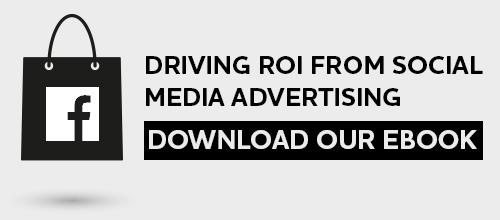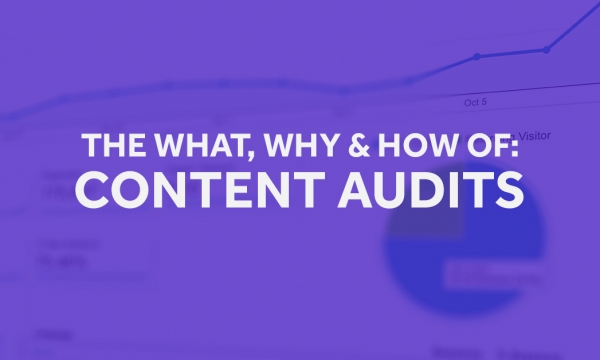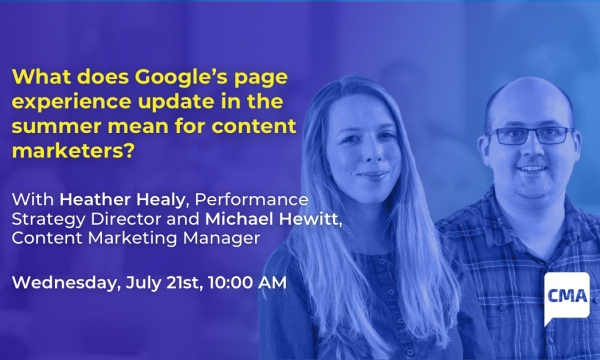
Once only used by a handful of tech-savvy internet users with the right browser extensions, Apple’s latest iOS update has suddenly brought ad blocking software into the mainstream, raising the awareness of such software and enabling millions of handsets around the world with such plugins.
The Internet Advertising Bureau reported in July (before the release of iOS9) that around 15% of British internet users were using some form of ad blocking software. That figure has grown substantially according to research by Adobe and PageFair, which claims that ad blocking in the UK grew by 82% in the past year – that’s more than 2.3 times the growth seen in Europe and 1.7 times the growth seen in the US.
It is a statistic that has content publishers deeply concerned but, as traditional ad revenue may fall, it presents huge opportunities for brands that are investing in creating quality branded content.
The cost of ad blocking
The issue of ad blocking is one that many publishers have failed to acknowledge, but it represents a clear threat to the digital publishing business model. Ads essentially fund the majority of the content that we consume on the web, but these ads are now increasingly being blocked and masked by users.
An Econsultancy survey found that 40% of advertisers were reporting either static or declining ad revenue compared to the previous year, but it isn’t just publishers and advertisers that are likely to be hit.
A Fortune Magazine investigation found that some mobile ad blockers, currently available in Apple’s App Store, was failing to fully render the e-commerce sites of a number of major retailers, including Walmart and Sears.
Not only does that create problems for users, who may experience faults with a website that are actually caused by their ad blocker, rather than a failure of the site itself, it also could deprive website owners of data about those visits in Google Analytics.
Does the publishing and ad industry only have themselves to blame?
Of course, some would argue that the publishing and advertising industries have brought these challenges on themselves, and it seems that the IAB agrees.
Earlier this week the IAB issued an open apology to internet users, acknowledging that it was too focused on ad revenue and not focused enough about customer experience.
A previous IAB report claimed that 73% of those who use ad blockers said that they did so because ads were too interruptive. More than half (55%) claimed that ads were annoying and 54% claimed that ads slowed down web browsing. Less than a third (31%) blocked ads due to privacy concerns.
It’s not a massively surprising statistic. We have all come up against websites that have an excessive number of banner ads, pop-ups that seem impossible to dismiss on touch screen devices and, of course, we’ve all be caught unaware by an auto-play video. Ad blockers are therefore, some argue, born out of the online advertising industry’s failure to self-regulate.
In response, the IAB has introduced LEAN. Standing for “light, encrypted, ad-choice supported, non-invasive”, LEAN is a set of guidelines that aim to govern issues such as ad prominence, the number of ads on a page, security and the number of times an ad is displayed to a single user.
Whether or not this programme addresses the issues around the growth of ad blocking software, it doesn’t answer the big question.
Who is paying for the content?
Would you pay the best part of $330 to get beyond a newspaper paywall? How about $1,800 for your cable television subscription (but remember that the premium sports channels will cost extra)? If that that doesn’t appeal, how about a nominal $12 annual subscription to Facebook?
That might all sound far-fetched, but those were the figures that Advertising Age came up with in their hypothetical “world without ads”.
It’s worth pointing out that their sums were done largely on a “worst case scenario” basis (they, for example, assumed that the New York Times would lose all of its $148.6 million per quarter ad revenue) but it highlights the extent to which ads fund so much of the content that consumers consume so frequently and, perhaps more importantly, so freely.
Different publishers have come up with different models to address the challenge of falling ad revenue, the most obvious of which are the aforementioned paywalls that are increasingly being rolled out by prominent newspaper titles. Multimedia content producers have turned towards distribution through subscription-based streaming services, although questions do persist over how much the content creators are actually being paid for this.
Other options will inevitably be tested by various publishers. One such method could be websites that detect the use of ad blocking software and only present content turnstiles or paywalls to those users that are using such software. City AM has become the first UK publisher to do just that, but it does raise multiple issues about click-through rates and visitor churn.
So where are publishers to turn?
Branded content is likely to be the answer
Ad blocking software, in its simplest terms, works on relatively straightforward technical terms; if it looks like an ad, sounds like an ad and talks like an ad, it’s probably an ad.
The way that advertisers are therefore likely to succeed in getting their ads seen is through embedding their ads within the content itself. Essentially, branded content and native advertising are going to be the answer and this is where the brands that are producing editorial-quality content are likely to thrive.
It’s not a new concept, and many publishers are now building their business models around sponsored content. Buzzfeed’s entire advertising business model is built around native advertising, whilst publications such as The New York Times and News UK (owners of The Sun, The Times and The Sunday Times) all have dedicated native advertising divisions.
One such example of branded content coming from the New York Times team was a feature on the women’s prison system in the US which, whilst proving to be a well-received piece of insight into the problems faced by female inmates, was essentially very subtle promotion for the Netflix series Orange is the New Black. It is very much a sign of where the digital news model is likely to head; publishers will be crying out for content that brings in direct revenue, and brands can really ad value for publishers, getting their content seen in the process.
And brands seem to be recognising this as well, with is something of a clamour for journalistic skills within many brand marketing departments. Earlier this year, Starbucks appointed Rajiv Chandrasekaran, a former editor at the Washington Post, to head up a “brand storytelling” division.
The more subtly a brand can hide its message into a piece of authoritative, compelling or engaging content, the more effective it is going to be in attracting audiences that have demonstrated a desire to avoid advertising content that don’t give them something meaningful. When faced with declining ad revenues, publishers are going to grab this opportunity with both hands.
The social factor
Social media is fuelled by content, so there is a clear benefit that branded content can bring to your social advertising strategy.
Most social browsing is done through mobile apps, where ad blocking content is not going to be as effective. The major social networks rely so heavily on advertising that they are not going to allow any third party content blocking software into their application architecture.
And with social networks looking to embed sponsored content and ads more intrinsically within the main body of a news feed, this sponsored and promoted content, should it be engaging and correctly targeted, is likely to become much more subtle and much more effective at gaining the attention of your audiences.

Ad blocking is not going to disappear and both brands and publishers need to tackle the issue head-on. Sponsored content is by no means a ‘silver bullet’ that will cut through these browser extensions and plugins, but if done correctly, branded content can be incredibly effective at gaining the attention of your audiences. Do it incorrectly, and you’re just going to end up creating more and more of the types of infuriating and irrelevant branded messaging that has driven web users to ad blocking software in the first place.






